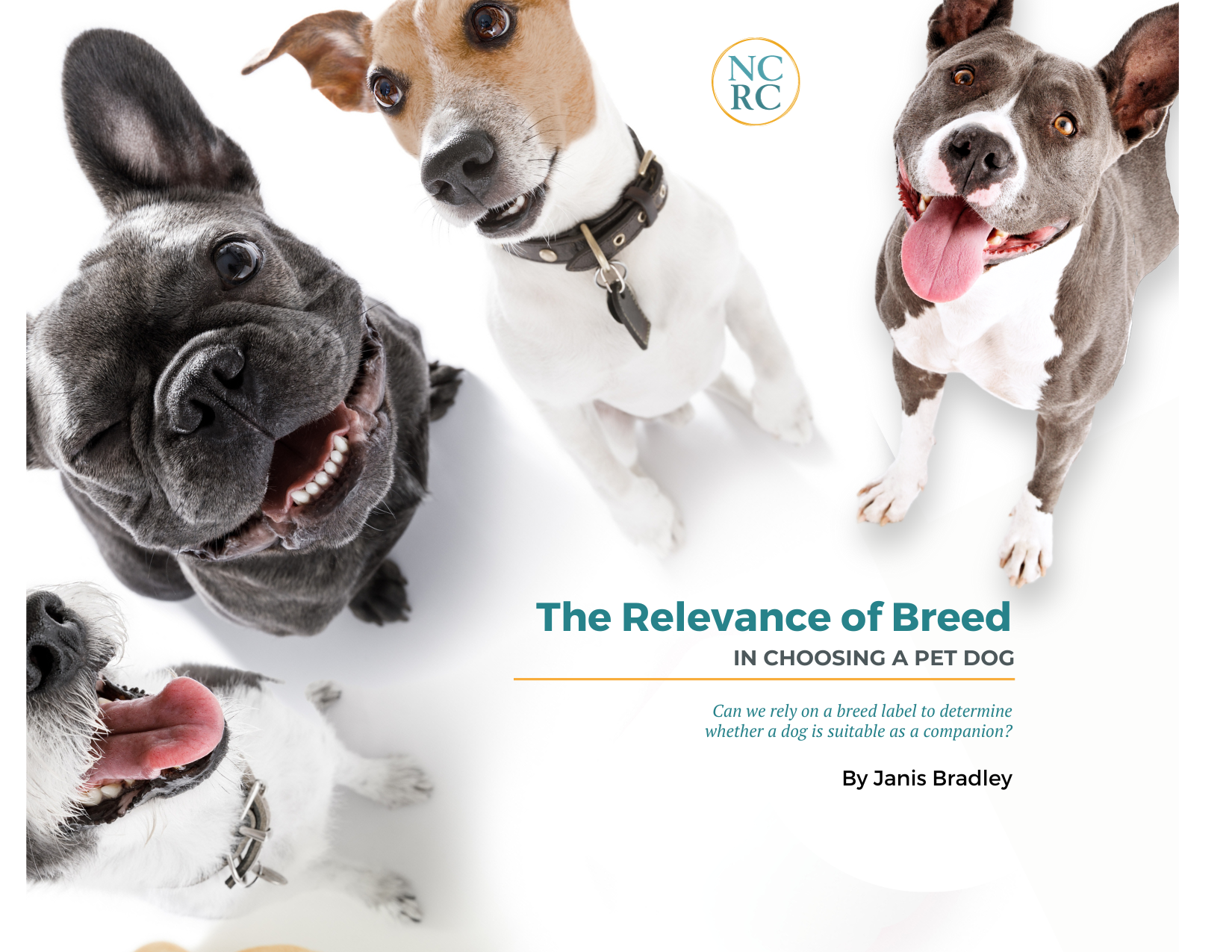I have a personal litmus test for dog knowledge among humans. If someone asks, “is that dog aggressive?” I understand immediately that we are starting from zero.
Karen Overall, the noted behaviorist, once said that as far as she could tell, the word “aggression” simply meant anything a person didn’t like. She was speaking to an audience of dog professionals. More than 60 years ago, John Paul Scott, one of the earliest and most revered of canine behavior researchers, declared the term so vague and undefinable as to be useless in shedding any light on canine behavior, either in popular or scientific terms. Yet it continues to appear constantly in academic papers and publications about how to “diagnose” and “treat” it, often embedded in byzantine, frowny sounding discussions of whether X is “real” aggression or “just” fear or self-defense or predation or . . . you fill in the blank.
Why is such discredited terminology so ubiquitous? Well, here’s what it is useful for. It provides cover, a kind of code for, “that’s a bad dog, doing bad, abnormal things.” It pathologizes and vilifies behavior without revealing itself as scientifically absurd. And that profoundly derogatory misunderstanding gets in the way of solutions that can resolve real incompatibilities between a dog and the people he interacts with. After all, it is tough to live with a dog who bites people or even yells at them on a regular basis. Not to mention the debilitating stress on the dog from being constantly at Defcon 4. Framing his responses as driven by malice, as some sort of character defect or mental illness, renders any sort of practical solution pretty much impossible.
As you read this, you may be thinking, “that’s silly, I know what aggression is. It’s [fill in your personal definition here].” Maybe that slowed you down a bit, and maybe it didn’t. Mostly, people just make the same mistakes over and over, like “Is that growl aggression, or just communication?” shorthand for communication = good intentions from the pure of heart; aggression = bad intentions from the corrupt of heart. Here’s the problem: all aggression, with the exception of predation, is communication. I suppose predation could be framed as a conflict: “I want to eat you and you don’t want to be eaten,” but I don’t think anyone imagines that’s what we’re talking about here. It’s the communication used to settle disputes and defend against threats. I have never, not once, met a dog for whom the question, “Is that dog aggressive?” was not a resounding “YES!” unless the dog was dead. The same can be said for any human. We must not go down the road of imagining that we can divide threat behavior between the virtuous and the sinful. And trying to weasel out of it with “normal” vs. “abnormal” is just as problematic. I have in my life met only a tiny handful of dogs among the thousands I’ve known and worked with whose threat behavior seemed to me to be plausibly in the pathological category.
Most academic papers on the topic begin by asserting the normality of aggression of course, as stuff that most/all species engage in to defend themselves from a threat and/or settle conflicts. We won’t go into predation here, as that is about lunch, not hostility, and a separate topic altogether. It’s unlikely that a dog feels any more hostility toward the bunny he chases than you feel toward the tilapia who died to make the fish taco you had for dinner. Authors will often even say something like, “much aggression arises from fear,” but then get very vague about what the portion they consider “not fear” is instead. One is left with the inevitable implication that it is something resembling malice, unjustified malice at that, even if that is not explicitly said. Here’s the thing. Malice is the seeking of the suffering of someone else. Now research has demonstrated quite a bit of what’s called theory of mind on the part of dogs in the last couple of decades. Roughly, this means an awareness of other beings as having their own awareness. You need theory of mind to realize you can do naughty stuff if the one who might stop you can’t see you, or to be able to watch someone else do something then imitate it yourself. Dogs can do these things. But nobody involved in the study of canine cognition would claim that a dog can imagine that biting someone will make them miserable and decide to do that based on that awareness. So when you try to describe some hypothetical categories of “aggression” that don’t fit into the response to a threat (fear) rubric, you quickly find yourself in awkward “ummmmm . . .” territory.
If any creature with a nervous system is afraid of something, there are 2, and only 2, ways you can help her. You can keep the scary thing away from her, or you can teach her that the scary thing isn’t actually dangerous after all. Whether she expresses her fear by trying to get away or by trying to make the scary thing go away, makes no difference whatever in the behavior mod techniques that will work to change her mind. This fact alone should be enough to give the “is it just fear or is it real aggression?” folks pause, but no such luck, either in the literature or among self-proclaimed “aggression specialist” behavior consultants. And the dogs suffer.







